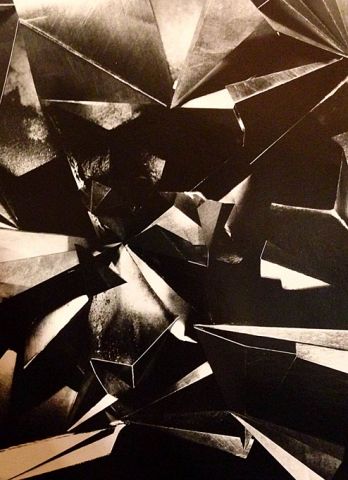<CP>
Eddie and I worked on our first shoot on Saturday. Mixed with excitement, I’d been worrying about it too. While chatting over coffee with a friend the day before I became aware that I was not listening to what she was saying at all, but instead was having a sort of out-of-body experience watching my work being moulded into something I had no control over by someone who didn’t understand it at all. In part, my fears weren’t lessened on arrival at the studio. It was a completely alien environment – commercial and slick – with a VIP lounge for clients, a changing/make up area for models, and a swanky kitchen. I suddenly understood what Eddie meant about photography being directly linked to capitalism and commercial value. My studio is a quiet, contemplative (and slightly grubby) space in which to make work and to explore ideas, but the photography studio is smart, functional and set up for business. A mixture of displacement and near-hypothermia in the freezing studio above Brixton market didn’t make for the most relaxed start to the day.
Three days on and I’m still struggling to say definitively how the day went, other than it being an emotional buffet of highs and lows. Firstly, I had forgotten how frustrating it is working with film. Eddie had sourced some rare and interesting films that give particular results, e.g. specifically made to capture fine lines or subtle shifts in tone. Due to some technical issues with disagreeable analogue cameras, the film was wound back into the canister after only taking a few shots on several occasions. Even worse, after 1.5 hours of shooting something that looked amazing through the viewfinder, it became apparent that the film had not wound on properly and nothing had been recorded at all. Apparently that’s a hazard of working with old or unusual equipment (which made me feel relieved that it wasn’t a hazard of working with me).
It soon became clear that we have to develop a more mutually beneficial working relationship for our next studio session. On Saturday Eddie worked as a kind of intolerant technician, who set up cameras, played loud drum and bass music and then lounged around looking bored while I was losing a battle with malfunctioning technology. We are continuing to learn about our disparate working practices, which we discussed at length at the end of the day. Eddie is used to working in a studio with a list of different set ups to power through in one session, but I operate with a more reflective way of working – responding to what I am making on a more intuitive level and with less of a strict plan. It was hard to mediate our two different working processes and paces without having had a long conversation about it first. Our discussions prior to the shoot had been focused on equipment, ideas and technicalities, but not necessarily how the two of us would work with or around each other. We now have a much better structure in place for our next shoot, and an informed understanding of how to balance roles within the collaboration.
Despite the shortcomings of this first session, we did generate some good material. Eddie has processed some negatives from Saturday’s shoot already and there are some shots that look great, I’m looking forward to seeing the contact sheets when they are ready later this week. Also, as the day went on I felt myself relaxing into the initially intimidating studio set up and was able to find a way of working that I felt comfortable with, which at the same time felt like I was trying new approaches to making work that I wouldn’t have without the (somewhat challenging) presence of Eddie. So far the conversations we have had about our different approaches to making work, how it can be read and how we translate the problems of working together into a successful professional relationship have been very helpful and I feel that they are making me re-evaluate some things about my work and what I habitually waste time and energy worrying about.
More news soon…







